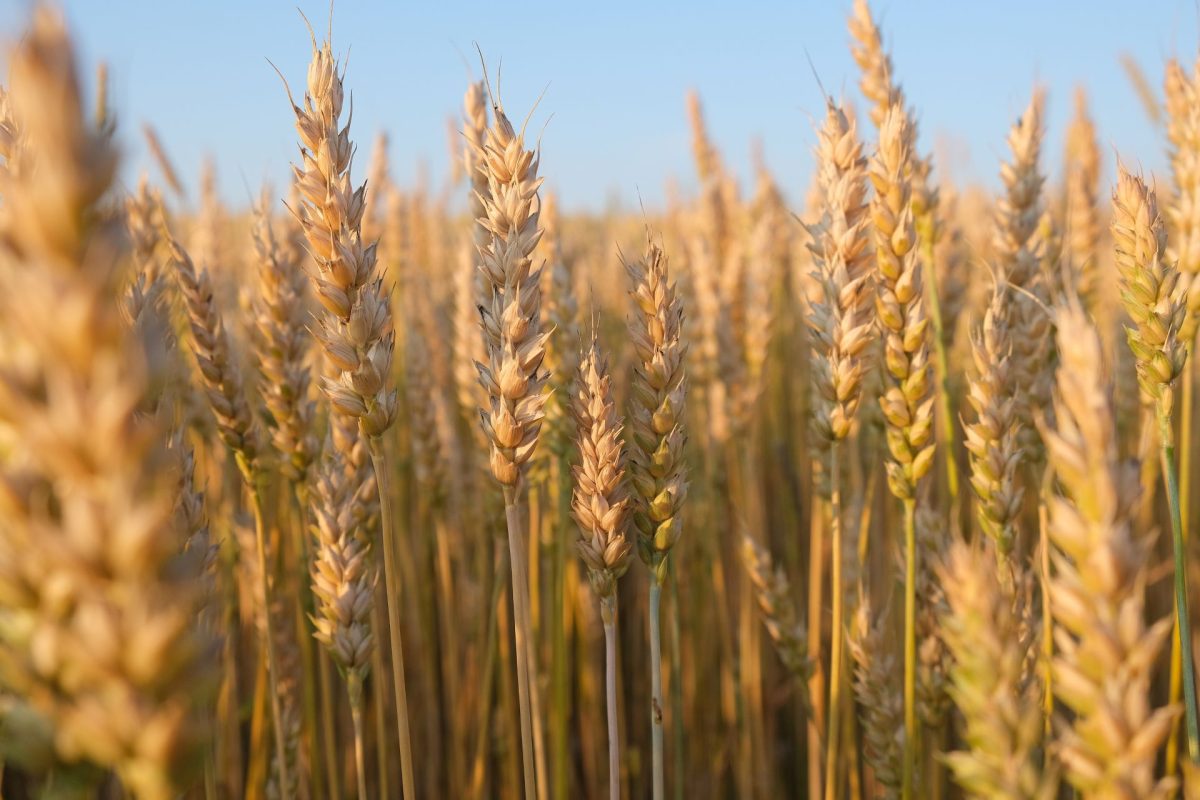YETRAC
Common Wheat (Triticum aestivum): The Cornerstone of Global Agriculture
Common Wheat (Triticum aestivum): The Cornerstone of Global Agriculture
Taxonomy: Understanding the Bread Wheat
The Plant Kingdom
Common wheat, scientifically known as Triticum aestivum, plays a pivotal role in human nutrition and agriculture. This cultivated wheat species, commonly referred to as bread wheat, is an integral part of our daily lives. Let’s delve deeper into the taxonomy of this essential grain.
- Kingdom: Plantae
- Clade: Tracheophytes
- Clade: Angiosperms
- Clade: Monocots
- Clade: Commelinids
- Order: Poales
- Family: Poaceae (Grasses)
- Subfamily: Pooideae
- Genus: Triticum
- Species: Triticum aestivum
- Binomial Name: Triticum aestivum
Common Names: The Bread Wheat
Bread Wheat’s Role
Commonly referred to as “bread wheat,” Triticum aestivum is a staple crop that significantly impacts agriculture and our daily diets. Explore the importance of this grain.
Significance: The Economic Powerhouse
A Crop of Global Significance
Common wheat, Triticum aestivum, is more than just a cereal. It holds a central position in agriculture and the world’s food supply.
- Abundance: About 95% of the world’s wheat production is common wheat. It stands as the most extensively cultivated wheat species globally.
- Economic Value: Renowned for its high monetary yield, common wheat is among the most economically valuable cereal crops.
- Nutrition: As a primary source of nutrition, wheat flour derived from common wheat serves as the foundation for bread, pasta, and various other essential food products.
Genetic Complexity: Decoding the Allohexaploid
Wheat’s Chromosomal Riddle
Common wheat is an allohexaploid, a complex genetic phenomenon involving six sets of chromosomes. Unravel the mysteries of its genetic composition.
- Ancestral Mix: Four sets of chromosomes originate from emmer (Triticum turgidum), a tetraploid wheat species, while two sets are inherited from Aegilops tauschii, a wild diploid goatgrass.
- Wild Beginnings: Wild emmer wheat itself evolved from a prior tetraploidy event, featuring the fusion of wild einkorn (Triticum urartu) and A. speltoides, another wild goatgrass.
Historical Cultivation: A Journey Through Time
The Roots of Bread Wheat
Common wheat’s cultivation history takes us on a journey from its origins to its global presence.
- Early Domestication: First domesticated in Western Asia during the early Holocene, it subsequently spread to North Africa, Europe, and East Asia.
- Archaeological Clues: Naked wheats, including Triticum aestivum, have been found in Roman burial sites dating from 100 BCE to 300 CE.
Wheat in North America: A Flourishing Tale
The North American Impact
The arrival of wheat in North America and its role as a major grain exporter paint an intriguing historical picture.
- Spanish Influence: Wheat first reached North America through Spanish missions in the 16th century.
- Prairie Colonization: The significant exportation of grain from North America emerged with the colonization of prairies in the 1870s.
Adaptation for Modern Baking: A Key Evolution
Flourishing in Modern Baking
Common wheat has seamlessly adapted to modern industrial baking, outperforming other wheat, barley, and rye species in bread making.
- Baking Efficiency: Modern wheat varieties feature characteristics like short stems due to RHt dwarfing genes. These genes minimize sensitivity to gibberellic acid, facilitating efficient baking.
- Industrial Compatibility: Shorter stem heights are essential for contemporary harvesting techniques, boosting productivity.
Related Forms: Exploring Wheat Variants
Beyond Common Wheat
Discover the diversity of wheat variants, such as compact wheats, which share a close kinship with common wheat.
- Compact Wheat: Varieties like club wheat (Triticum compactum) and Triticum sphaerococcum in India exhibit more compact ears and unique characteristics. Compact wheats are often considered subspecies of Triticum aestivum.
Common wheat, or bread wheat, stands as the cornerstone of global agriculture and an indispensable source of sustenance. This comprehensive guide unveils its profound significance, genetic intricacies, historical journey, and adaptability in the modern world.

